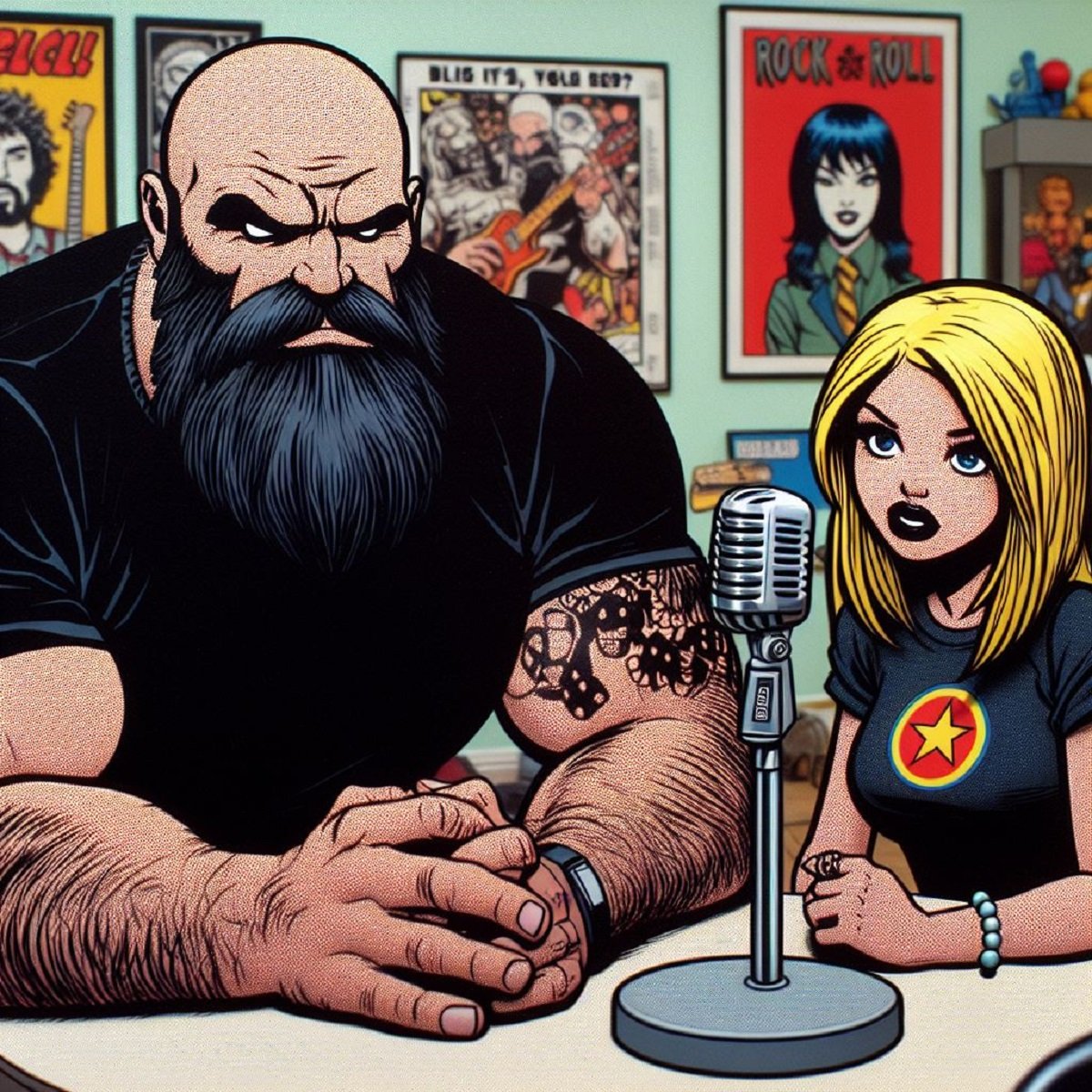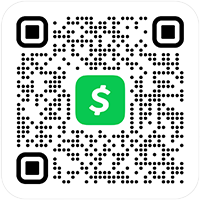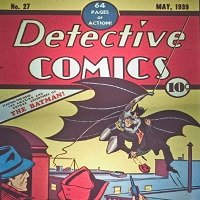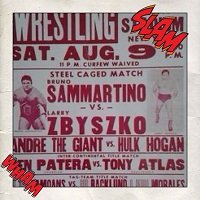Pixel Logic Videogame history - How Nintendo's robot took over America
By: Juan Nunez (Twitter)
Kids are lined up at Tanglewood Shopping Center located in Yonkers, a suburb a few miles north of New York City. It's the fall of 1985. The kids have the opportunity to meet New York Mets center fielder Mookie Wilson while their families are doing holiday shopping. In the process of getting an autograph and asking their favorite player questions, they also have the opportunity to try a brand new baseball videogame. It's unlike any other baseball game available for the home. Its graphics are truly a match for arcade games of the era. Its controls are intuitive and straightforward. The characters have personalities. Above else, it's fun. It's one of sixteen games available for a brand new home console from a Japanese company most Americans are unfamiliar with. When the NES launched on October 18, 1985, in the single market of New York City, the post-crash home videogame market was doing $100 million in total sales per year. By the end of the decade, it would be a $3.4 billion near-monopoly.
The story of the NES (pronounced N-E-S) starts in Japan a couple of years before its North American release. The Japanese home videogame market of the early 1980s was significantly smaller than it was in the USA. The market never crashed because it never really achieved great heights. Japan has a long history of gaming and gambling parlors that is more culturally ingrained than in America. Arcade videogames had a much easier time taking hold of the country. See the history of Space Invaders for more context. Nintendo found some success in the late '70s with Pong Clone consoles. The most popular console in the early 1980s was Epoch Co's "Cassette Vision." The most 1981 name in the history of 1981, its year of release. The Cassette Vision fell somewhere between an Atari 2600 and a Pong Clone console regarding features. It sold about 400,000 units during its life cycle.
The guts of the NES were first developed by Nintendo for the Family Computer project, better known as the Famicom. The led engineer was Masayuki Uemura. The original idea for the project was for it to be a 16 bit home computer at a time when PCs were first entering the home. Atari and Coleco had similar ideas a few years earlier for the American market. Atari, in particular, found success with the 400 and 800 series of computers starting in the late 1970s. After testing a keyboard interface, Nintendo determined it was better to move forward with a simple controller and a videogames-only approach instead of the computer idea. They shortened the name of the console to "Famicom" and released July 15, 1983. It blew away the competition, selling 500,000 units in the first two months and 2.5 million units in the first year.
Nintendo quickly moved forward on the idea of releasing the Famicom in America, where the company had success with Arcade titles such as Donkey Kong. Believe it or not, Nintendo came extremely close to having Atari distribute the Famicom in America. Meets were had, and contracts were drawn up. In possibly the biggest blunder in Videogame business history, Atari backed out of the deal at the last minute. Nintendo had a deal with Coleco to release Donkey Kong on Coleco's Adam computer line. Atari felt that Nintendo was working with the enemy and killed the deal at the last moment. All of this drama was happening at the same time as the Videogame crash of 1983.
Nintendo kept on doing amazing business in Japan, but the home videogame market was more or less dead in America in 1984. Nintendo took the Famicom hardware and produced an Arcade system with interchangeable games called the Nintendo VS System. The very first time Americans could play Duck Hunt on NES hardware was not in the home but rather in the Arcade starting in March 1984. The Nintendo VS System released titles between 1984 and 1986. The success of the VS System showed Nintendo that Americans enjoyed their games. They just needed to take a more direct approach to the home videogame market.
In 1985, Nintendo made its move to enter the home videogame market in America. They changed the design of the shell of the Famicom from a bright red, white, and gold to a more 1980's sleek grey, black, and red shell that would appeal to Americans more. They changed the Famicom name to the Nintendo Entertainment System to sound more serious than just a typical videogame console. 236
As an accessory to pack with the system, they created ROB, Robotic Operating Buddy. It was a wireless toy robot that could assist in playing a handful of basic games. The gimmick drew a lot of attention from audiences at the 1985 CES tradeshow. Still, Nintendo could not secure a distribution deal in America. Instead, they decided to handle the launch and distribution themselves. They picked New York City as their test market. If they could make it there, they could make it anywhere.
The NES officially launched in America on October 18, 1985. Nintendo hoped to build enough momentum in the NYC area to sell a decent amount of units over the holiday season. Nintendo of America employees took a direct, grassroots approach. They setup displays and demonstrations in any story and shopping mall that would have them. The aggressive strategy paid off. 90,000 NES units were sold over the 1985 holiday season in the NYC market. ROB, in particular, was credited with grabbing people's attention. When Nintendo started expanding nationally throughout 1986, ROB, more than Mario, was the mascot of Nintendo of America that could be seen all over the advertising.
Nintendo took away essential lessons from the Videogame crash of 1983 to ensure that something like it would never happen again. Gone were the days of countless poor-quality games from fly-by-night companies. If anyone wanted to publish a game for the NES, they needed Nintendo's approval. Nintendo released relatively few games; at its peak, about 70 in one year compared to the Atari era's hundreds of games per year. Nintendo published many of its most popular titles, including Super Mario Bros, The Legend of Zelda, and Metroid. All of which had distinct characters and worlds. For the first time in the home console market, Videogames were cartoon-like, fully realized worlds. 3rd party companies that wanted in were held to a very high standard and could only publish a limited amount of games per year. A bad Atari 2600 game could be developed in a few weeks and could be borderline unplayable. In most cases, a bad NES game was still a professional product. This hardline stance on their ecosystem made Nintendo some enemies on the videogame development side of the industry, but it kept standards high and consumers happy. The model that Nintendo established in the late 1980s is still the standard that the videogame industry follows today.
Beyond games, Nintendo also used its intellectual properties in other areas. There were cartoons, official merchandise, videogame magazines, and fan clubs, all owned by Nintendo. Gone were the days of generic videogames that felt disposable. Nintendo was the Disney of a brand new market.
Atari would reenter the home videogame market with the Atari 7800 in mid-1986. Sega entered the North American market in full with the Sega Master System in late 1986. NEC ported their home console as the Turbographx 16 in 1989. None of it mattered. The North American home videogame market was under Nintendo's control, with over 95% market share by the end of the 1980s.
If you found this article interesting consider becoming a Patreon supporter. That is how When It Was Cool keeps our website and podcasts online, plus you get lots of bonus content including extra and extended podcasts, articles, digital comics, ebooks, and much more. Check out our Patreon Page to see what's up!
If you don't want to use Patreon but still want to support When It Was Cool then how about a one time $5 PayPal donation? Thank you!




















































